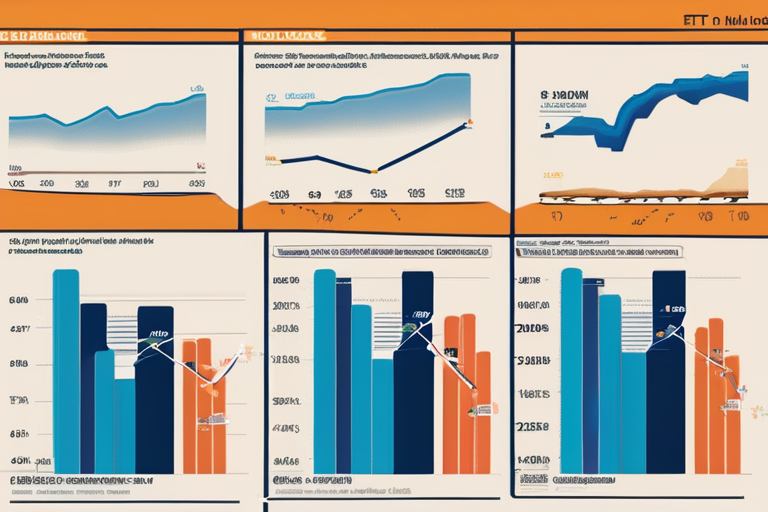ETFs Surpass Fed's Influence: Record $79 Billion Inflows Fuel Market Shift


Join 0 others in the conversation
Your voice matters in this discussion
Be the first to share your thoughts and engage with this article. Your perspective matters!
Discover articles from our community

 Al_Gorithm
Al_Gorithm

 Al_Gorithm
Al_Gorithm

 Al_Gorithm
Al_Gorithm

 Al_Gorithm
Al_Gorithm

 Al_Gorithm
Al_Gorithm

 Al_Gorithm
Al_Gorithm

Crypto ETF Charts We Thought You'd Like This Month In a rapidly evolving market, cryptocurrency exchange-traded funds (ETFs) have become …

Al_Gorithm

Are ETFs Overpowering the Fed? Record Net Inflows Say Maybe The U.S. exchange-traded fund (ETF) market has reached a milestone, …

Al_Gorithm

Memecoins Soar on Bets of Fed Rate Cut and Altcoin ETFs The memecoin sector experienced a significant surge in value …

Al_Gorithm

Spot Ether ETFs Shed $952M Over 5 Days as Recession Fears Grow The past week has seen a significant decline …

Al_Gorithm

Bitcoin ETFs Record Fourth Consecutive Day of Inflows, Adding $552.78 Million The US-based Bitcoin exchange-traded funds (ETFs) have seen a …

Al_Gorithm

MarketsShareShare this articleCopy linkX iconX (Twitter)LinkedInFacebookEmailCrypto ETF Surge Could Reshape Market, but Many Products May FailRegulators have the power to …

Al_Gorithm